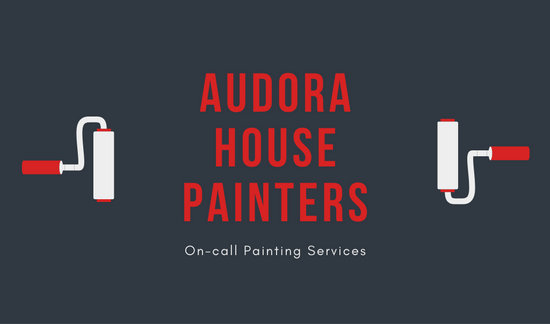Recognizing Seasonal Influences On Commercial Outside Paint: Important Knowledge For Success
Recognizing Seasonal Influences On Commercial Outside Paint: Important Knowledge For Success
Blog Article
Personnel Writer-Burnham Whalen
When you're planning a business exterior paint task, seasonal variables can make or break your results. You'll intend to take into consideration just how temperature and moisture effect paint application and drying out times. Selecting the ideal period can ensure your paint adheres properly and lasts much longer. But which periods are absolutely the very best for this sort of job? Let's check out the crucial elements that can affect your job's success.
The Influence of Temperature on Paint Application
When you're intending a commercial exterior paint job, the temperature can considerably influence just how well the paint sticks and dries out.
Preferably, you intend to repaint when temperature levels range in between 50 ° F and 85 ° F. If siding painting company twin cities 's as well cold, the paint might not heal effectively, resulting in concerns like peeling or splitting.
On the flip side, if it's too hot, the paint can dry out as well swiftly, stopping correct adhesion and causing an unequal coating.
You should additionally think about the moment of day; morning or late afternoon uses cooler temperatures, which can be more favorable.
Always examine the manufacturer's suggestions for the details paint you're making use of, as they usually offer support on the optimal temperature level range for optimal results.
Humidity and Its Result on Drying Times
Temperature isn't the only environmental variable that affects your industrial outside paint task; humidity plays a significant role as well. High humidity degrees can decrease drying times dramatically, influencing the overall quality of your paint task.
When the air is filled with dampness, the paint takes longer to heal, which can bring about issues like inadequate bond and a greater risk of mildew growth. If you're painting on an especially damp day, be prepared for prolonged delay times between layers.
It's crucial to check neighborhood weather conditions and plan appropriately. Preferably, go for humidity degrees between 40% and 70% for ideal drying.
Keeping these factors in mind guarantees your job remains on track and delivers an enduring coating.
Best Seasons for Commercial Outside Painting Projects
What's the most effective season for your industrial outside paint projects?
Spring and very early loss are typically your best choices. During these seasons, temperature levels are light, and moisture levels are usually lower, producing optimal conditions for paint application and drying.
Stay clear of summer's intense heat, which can create paint to dry as well rapidly, resulting in bad bond and surface. In a similar way, winter months's chilly temperature levels can hinder appropriate drying and curing, running the risk of the long life of your paint task.
Aim for days with temperatures in between 50 ° F and 85 ° F for optimal outcomes. Keep in mind to check the local weather forecast for rain, as damp problems can destroy your project.
Preparation around these variables guarantees your paint job runs efficiently and lasts longer.
Verdict
Finally, planning your industrial outside paint tasks around seasonal factors to consider can make a substantial distinction in the result. By organizing line painting near me during the optimal temperature levels and humidity levels, you'll ensure better attachment and drying times. Keep in mind to keep an eye on regional weather report and pick the right time of year-- springtime and very early autumn are your best options. Taking these actions will certainly aid you achieve a resilient and specialist coating that lasts.
